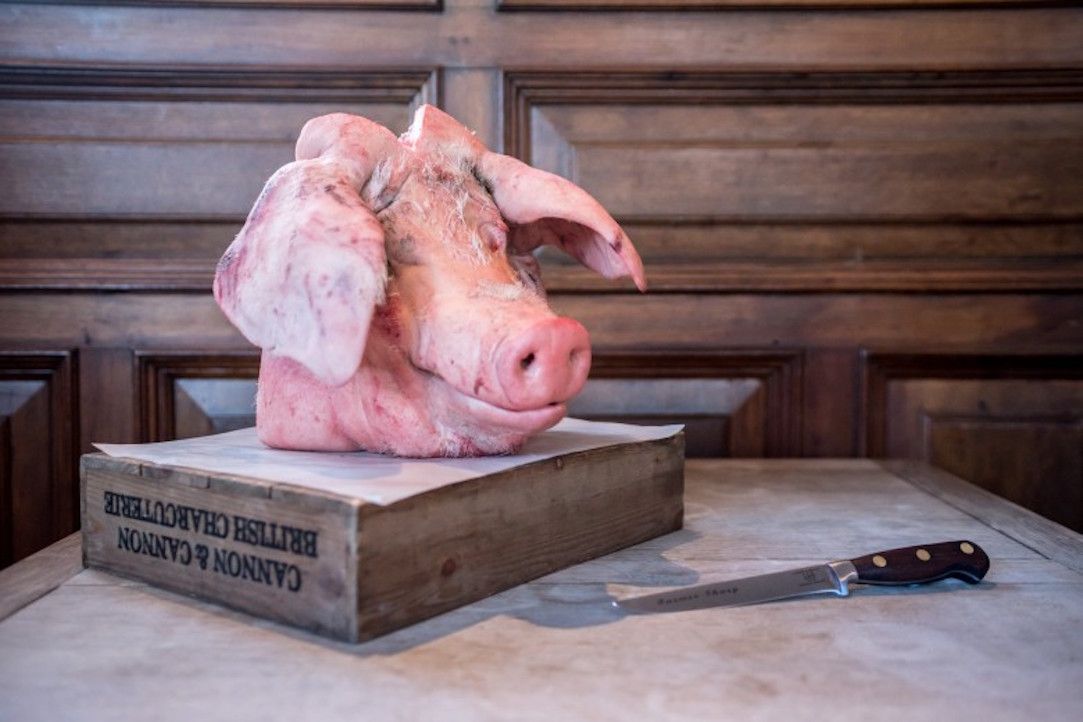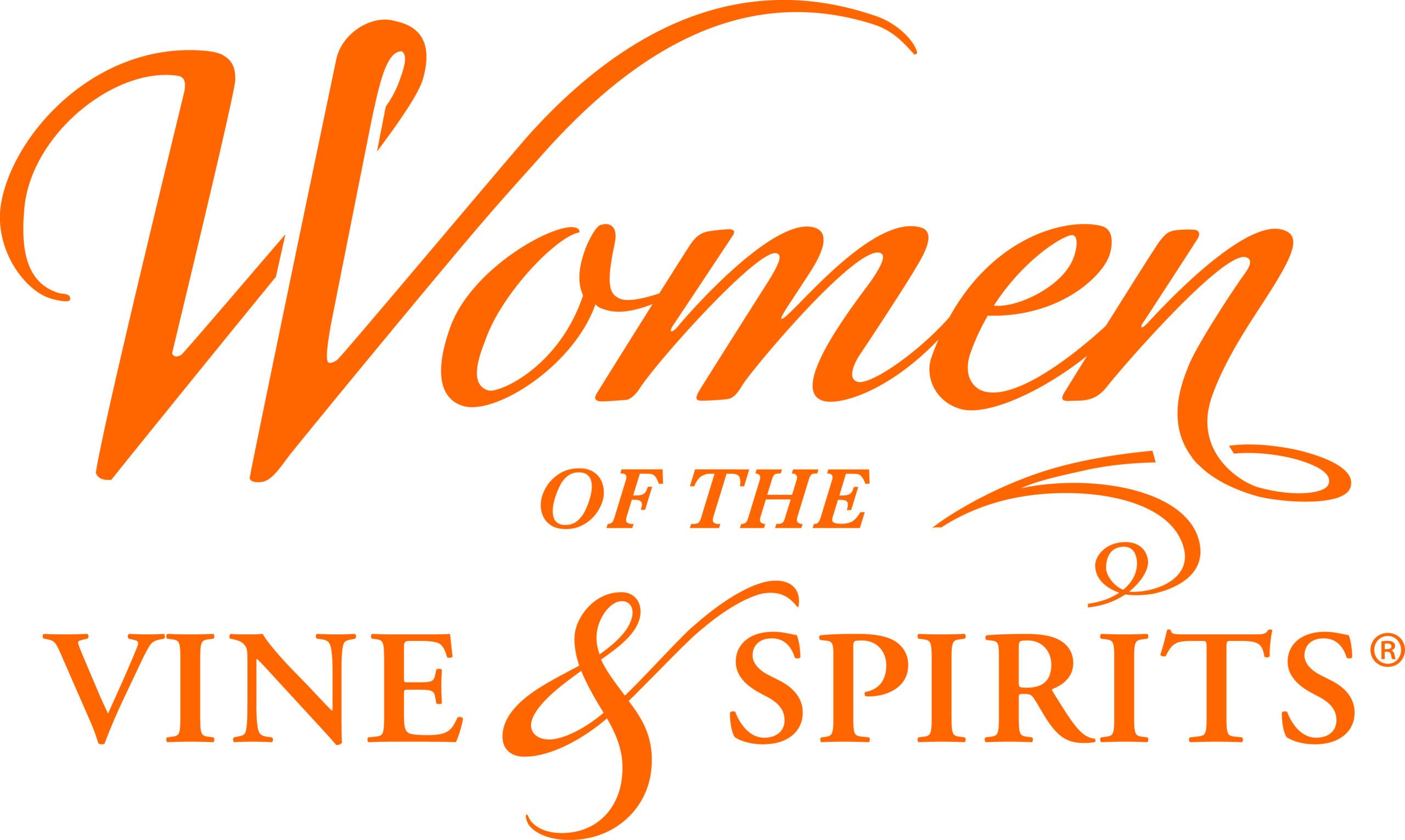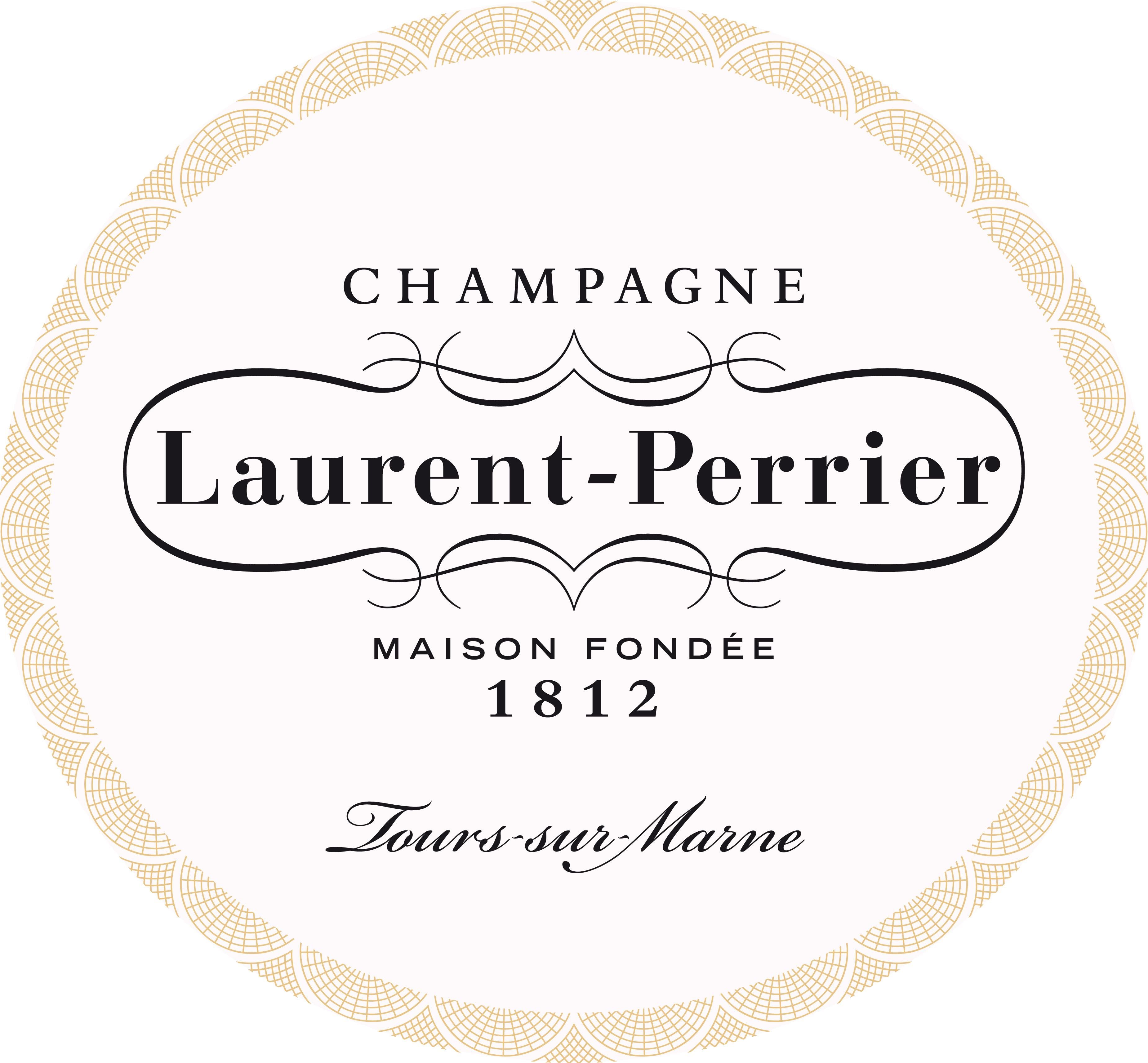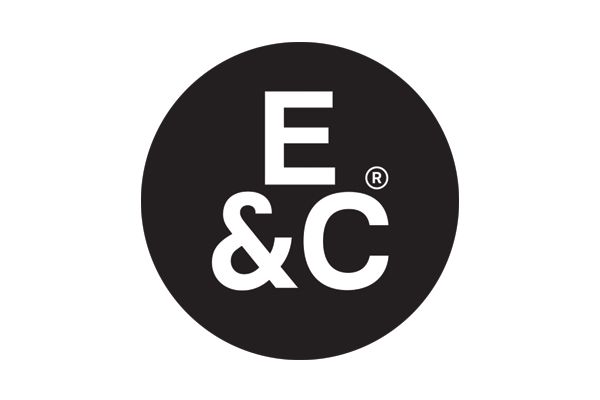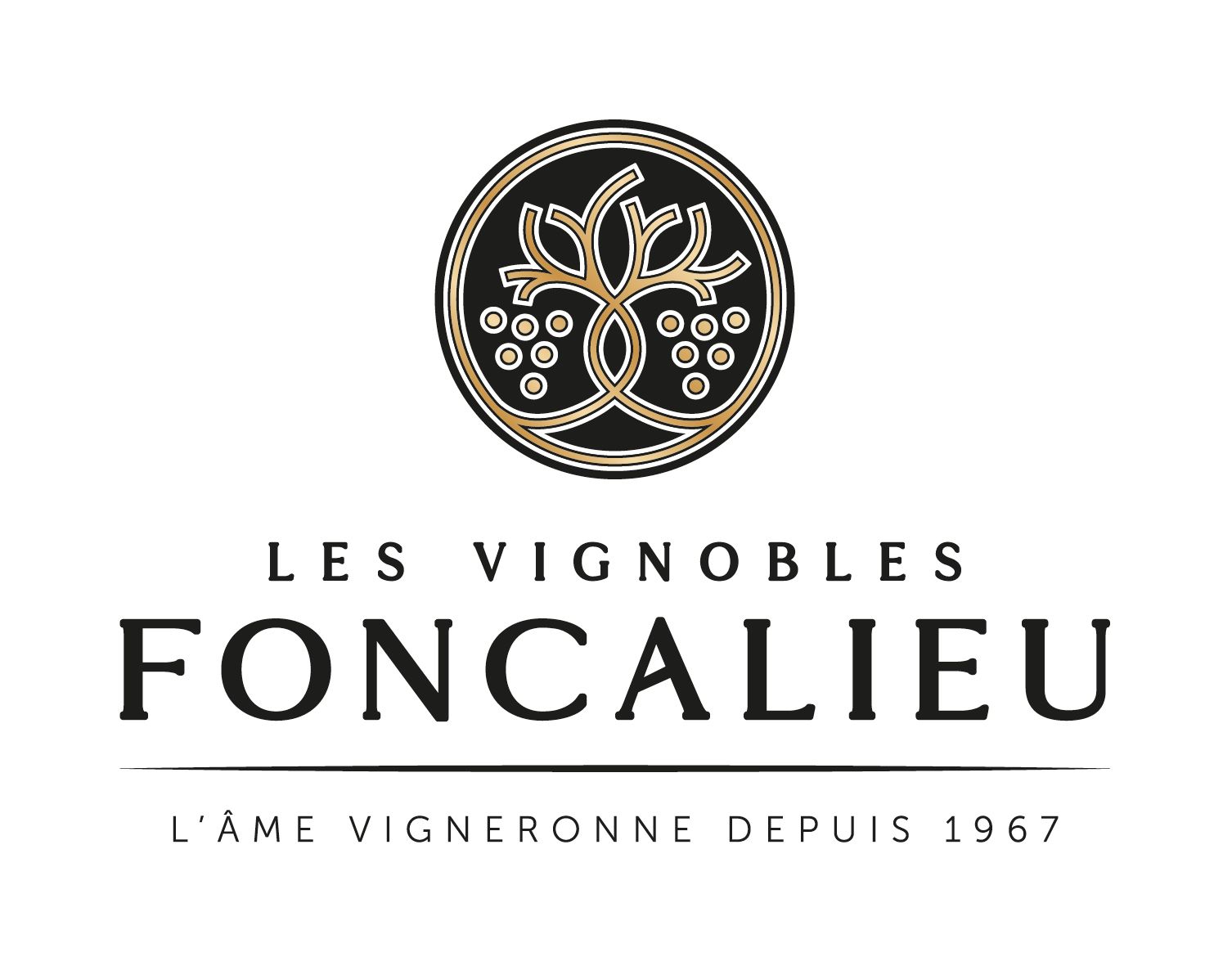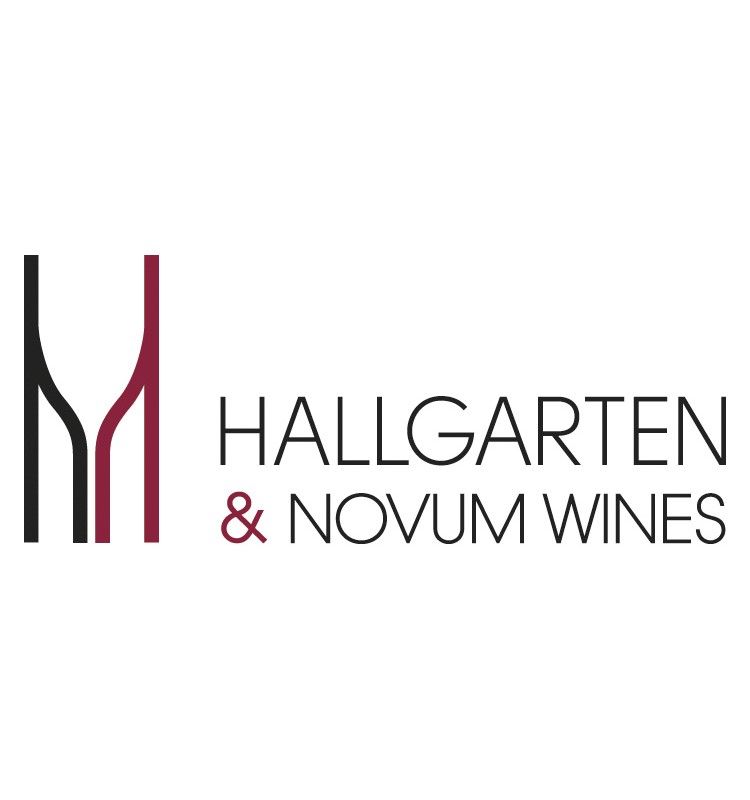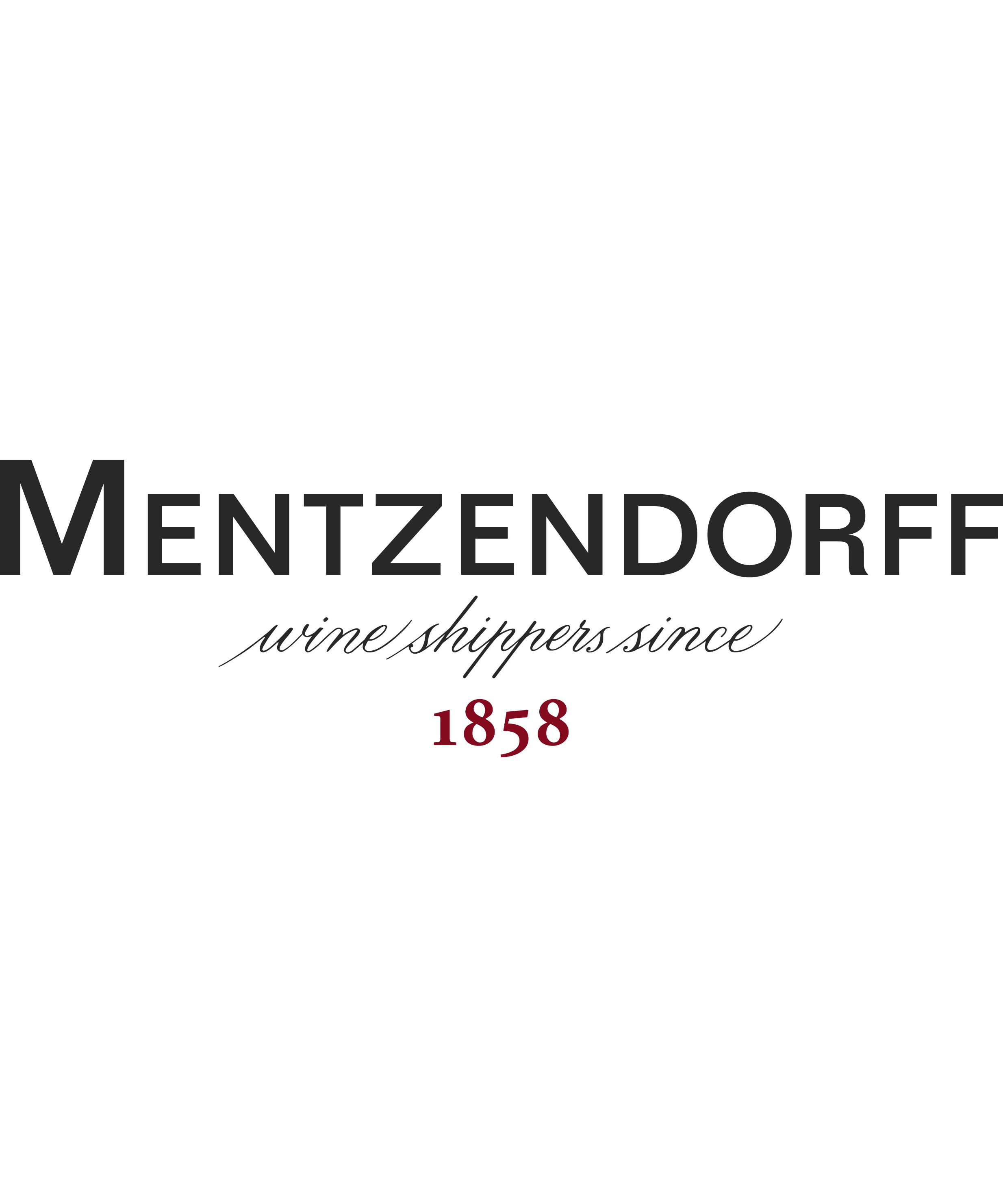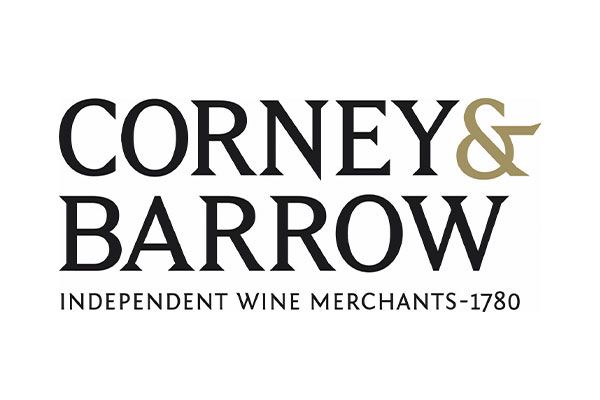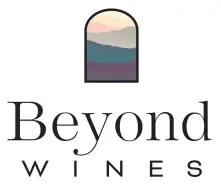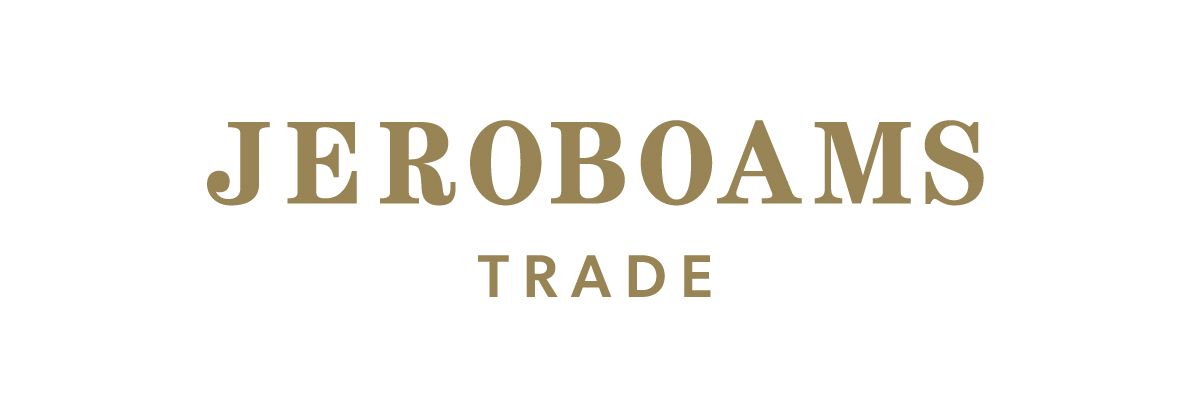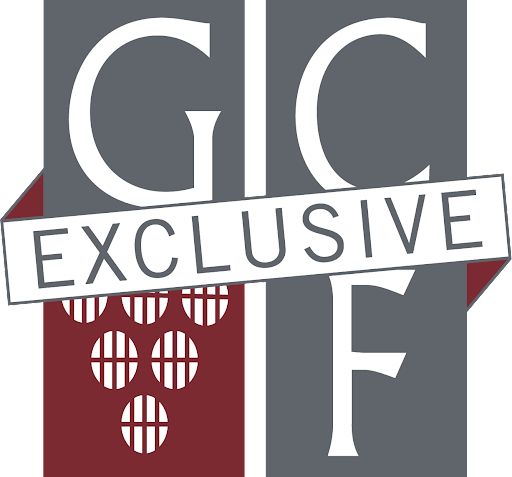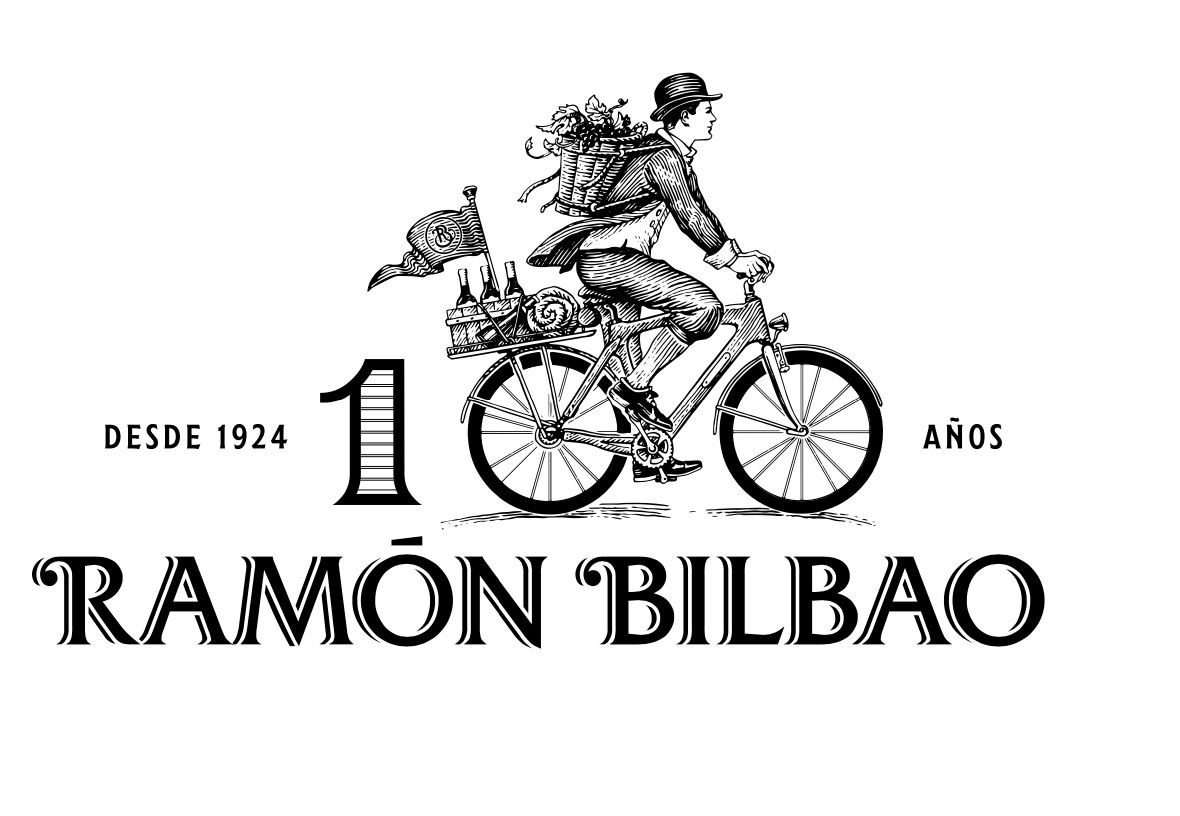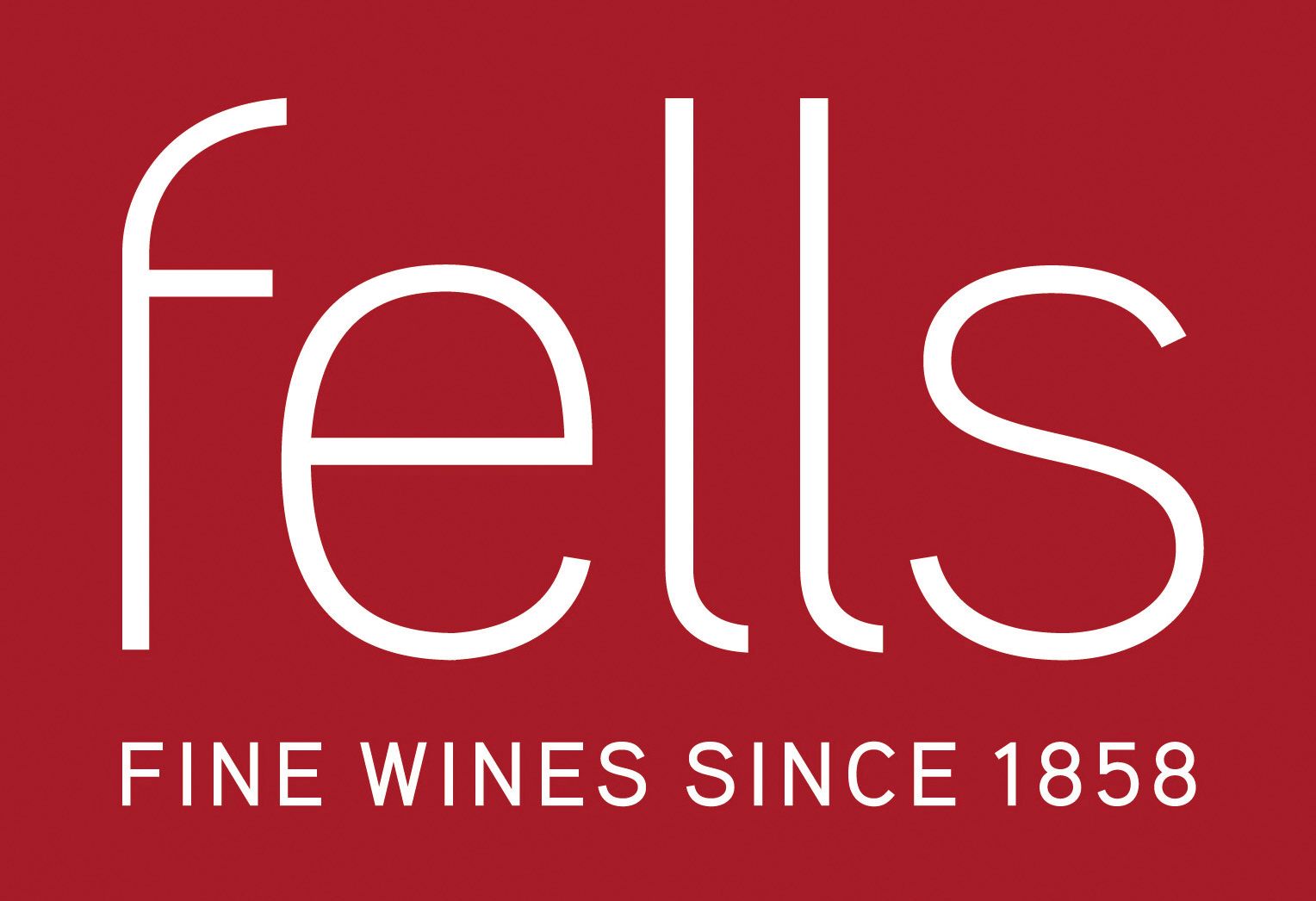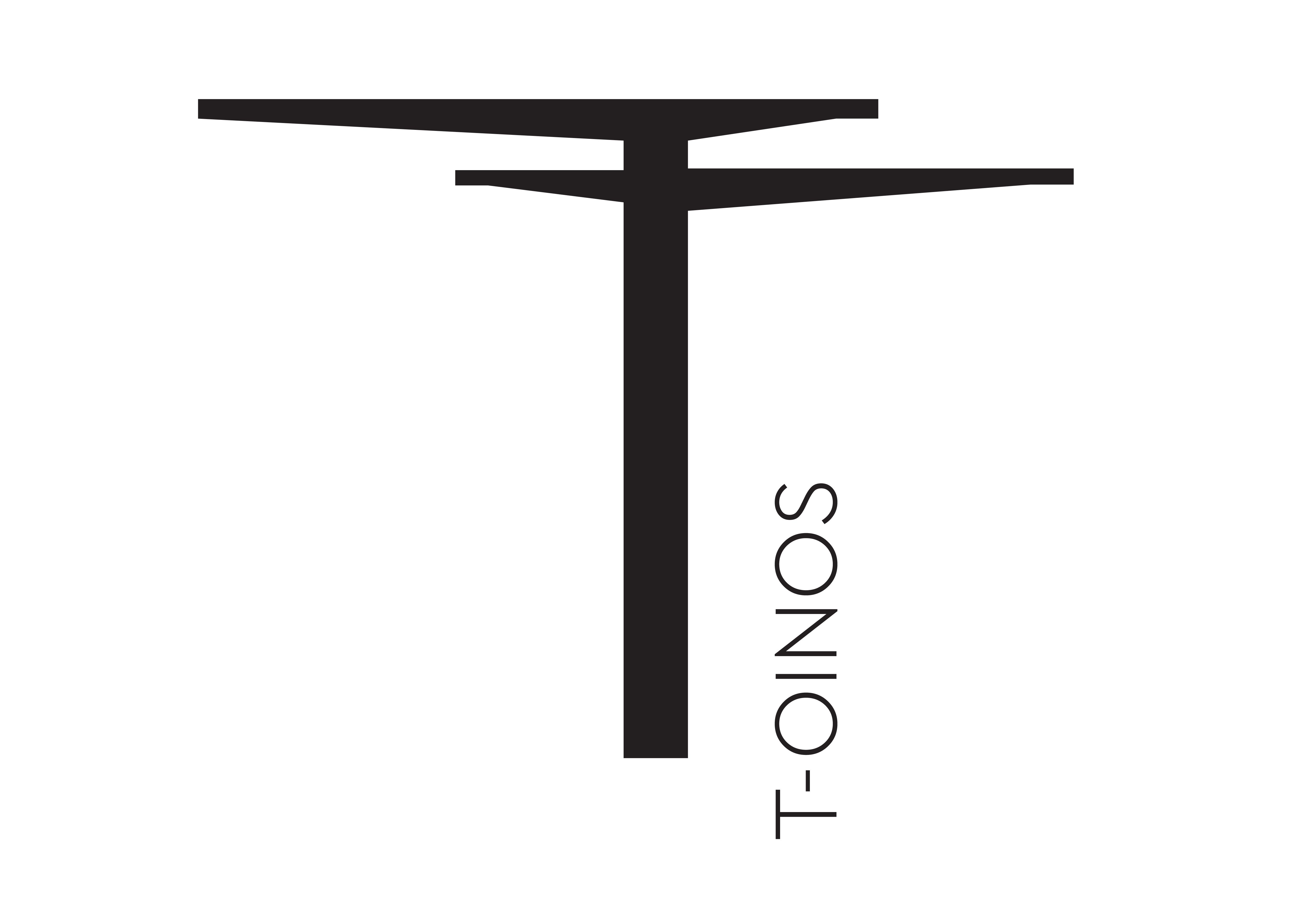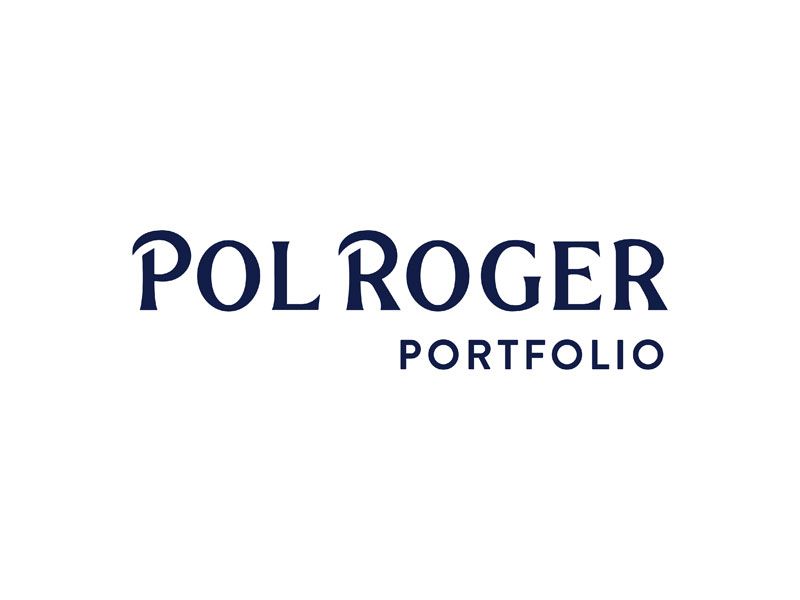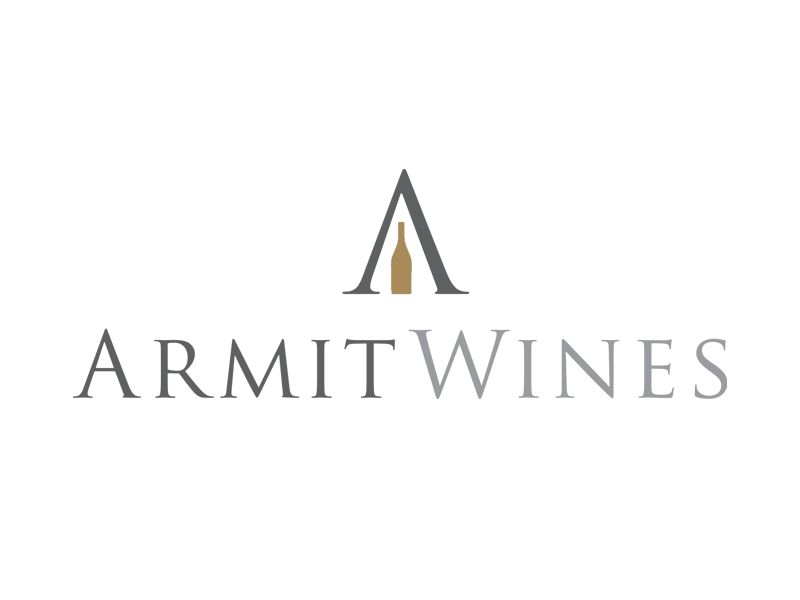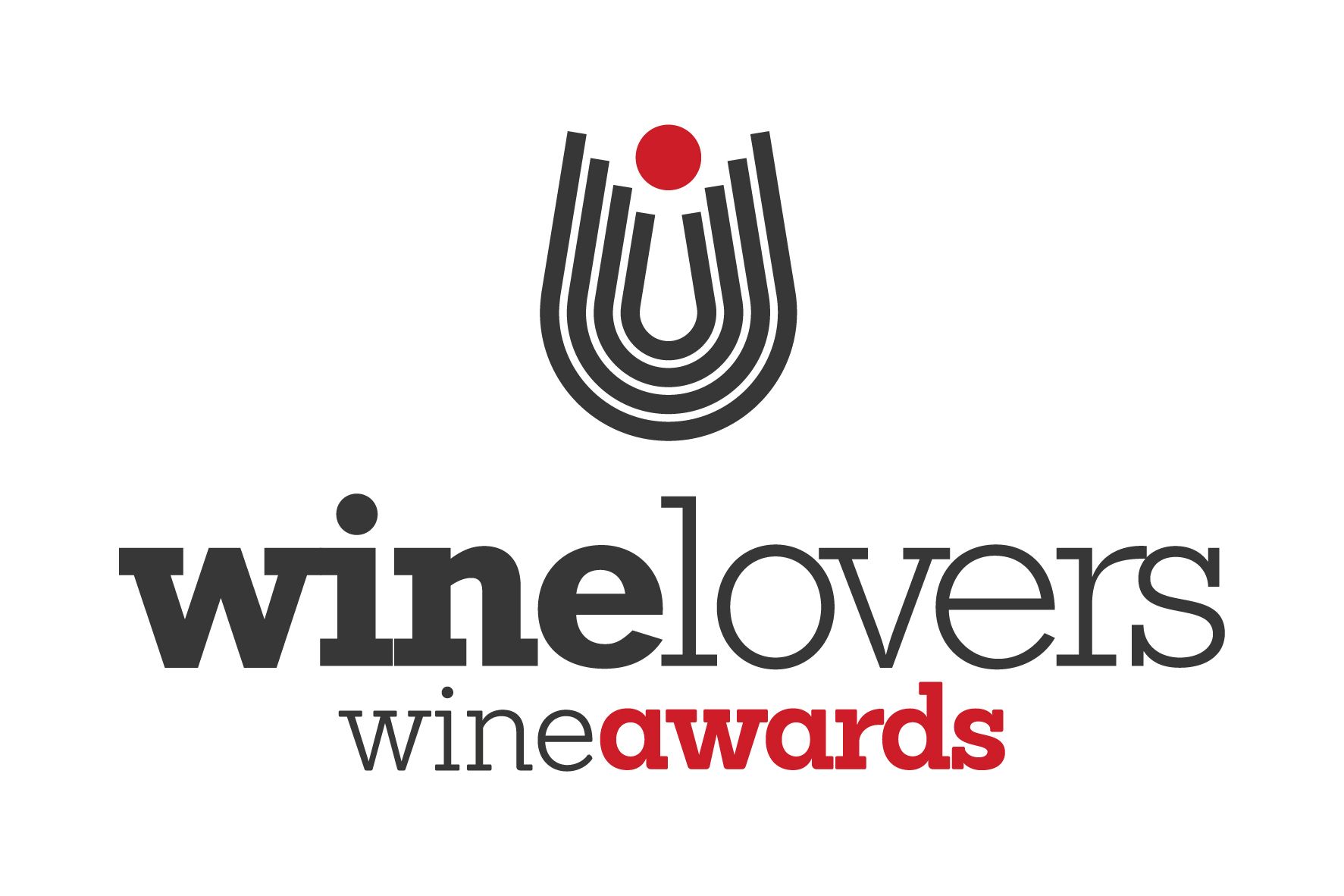One Air Dried Dorset Mutton, four types of biltong, three salamis and a bresaola walk into a bar…..
When a wine critic in a tasting note says something along the lines of ‘this would be a great wine with some charcuterie’ what they really mean is ‘this paint-stripper of a wine needs the fattiest cured meat available to have any hope of creating a harmonious balance in the mouth.’
I guess the ultimate note for a wine like this would be ‘needs lardo’.
The trouble is that most charcuterie that we buy tends to be the variety where immediately after eating it your mouth and palate are literally coated in pretty horrid-tasting globules of greasy fat.
These are normally bought at a country fair in a remote part of France or a night market in a ski resort. They seem pretty genuine and supposedly contain such delicious ingredients as dried ceps or wild boar when in reality they are probably made from mechanically-reclaimed meat in a caravan kitchenette in a lay-by in the outskirts of Toulouse.
And will take at least a month off your life expectancy.
The good news
The good news is that this is changing, especially in Britain of all places.
In a fascinating wine and charcuterie pairing called Meat Match, that was held at Cannon&Cannon in London’s Borough Market we learnt how a range of British cured meat is being produced by close on 200 producers where a few years ago there was only a baker’s dozen.
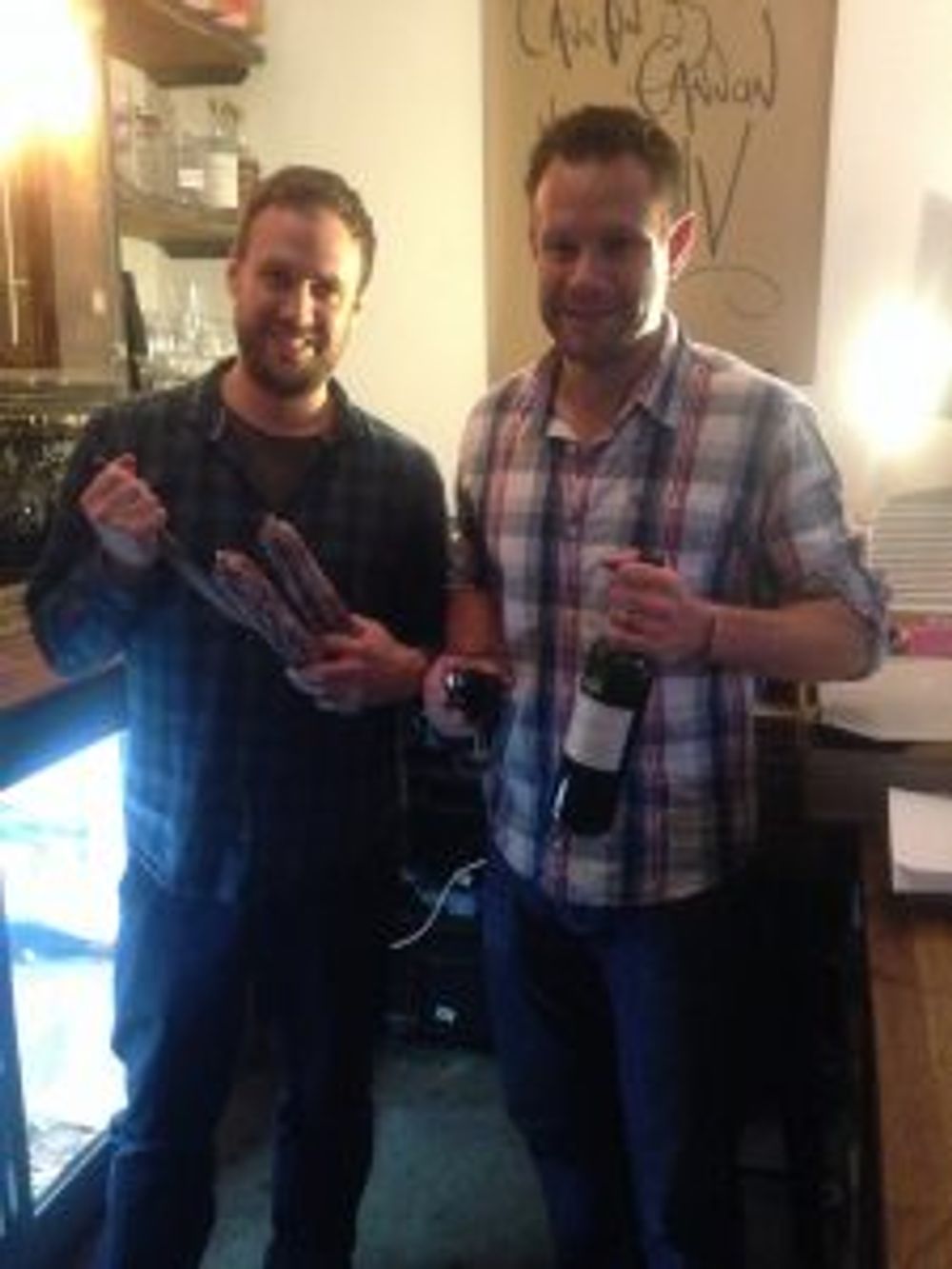
Sean Cannon, who runs Cannon&Cannon and is being seen as the darling of the British charcuterie movement had prepared eight different cured meats which Wim Truter, head winemaker at South Africa’s KWV, had to find wines to pair them with.
Given that KWV produce over 30 million bottles of wine per annum across a range of 70 different wines in 11 different levels, it would have been weird if he couldn’t find some wines to go with the meat, especially given South Africa’s soft spot for cured meat.
Before the paired tasting began, we got the inevitable Carry On-style ‘sausage’ and ‘meat’ innuendos out of the way… would they do that at a French tasting I wonder?
Cannon regaled us enthusiastically with a lot of facts. One, in particular, was that he was brought up by ‘off-grid’ parents in North Norfolk – no electricity, sewage, running water – and he didn’t go to school until he was 10.
It was in this enfant sauvage* existence that he first learned how to forage and cure his own meat.
Not in a camper van in a lay-by one hopes!
(* Auto-correct for ‘sauvage’ is ‘sausage’, how good is that!)
Let the wine pairing begin!
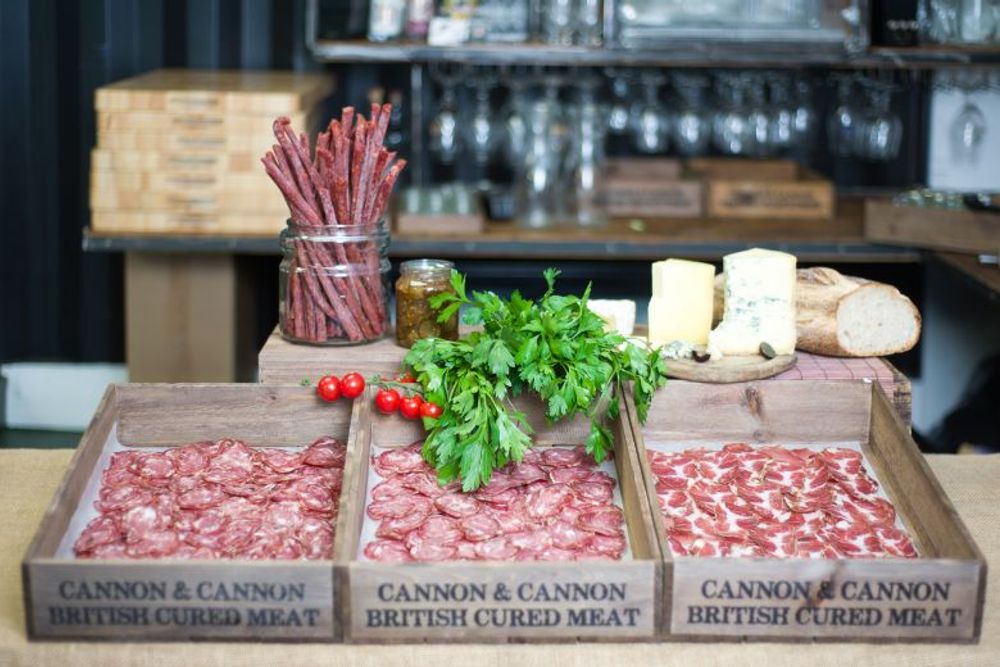
Meat Match #1
The first meat of the evening that Truter had to match was Wild Fennel Salami. Made in Sussex using Old Spot pork, foraged wild fennel and a good slug of garlic this salami had a strong aniseed flavour.
Truter poured Vinecrafter Sauvignon Blanc, 2016 (rrp £6.99), a new light fruity wine that was almost New Zealand in style with notes of pineapple and tropical fruits. There was also a herbacousness that worked well with the fennel.
Meat Match #2
The second meat was Veal, Lemon and Thyme Salami.
Made in Monmouthshire from traditional breed pork and rose veal from Bocaddon Farm in Cornwall. The veal had a delicate texture and taste, and the salami itself was wonderfully moist.
In one of the best pairings all evening Truter poured KWV Classic Collection Grenache Blanc, 2015 (rrp £7.55) that had a complexity and lifted aromatics that paired brilliantly with the lemon and thyme.
Meat Match #3

Biltong was meat number three. This dried South African speciality Cannon prefaced with a wry observation “This is what you buy when you don’t want crisps and it is always disgusting.”
How true! but the Original Longhorn Biltong made in Worcestershire from meat taken solely from a local herd of Longhorn cattle was easily the best biltong I have ever tasted, and that includes a trip to SA. This meat comes from a silverside of beef that had been marinated in 15 spices and aromatics and then thinly sliced.
With this we were served KWV Classic Collection Petit Verdot, 2015 (rrp £7.55) that was concentrated black fruit, integrated tannin, subdued wood, and worked well with the biltong’s strong herb and spice coating.
Meat Match #4
A different style of biltong was chosen for the fourth pairing, which was a clash of rugby styles as much as it was a food/ wine pairing.
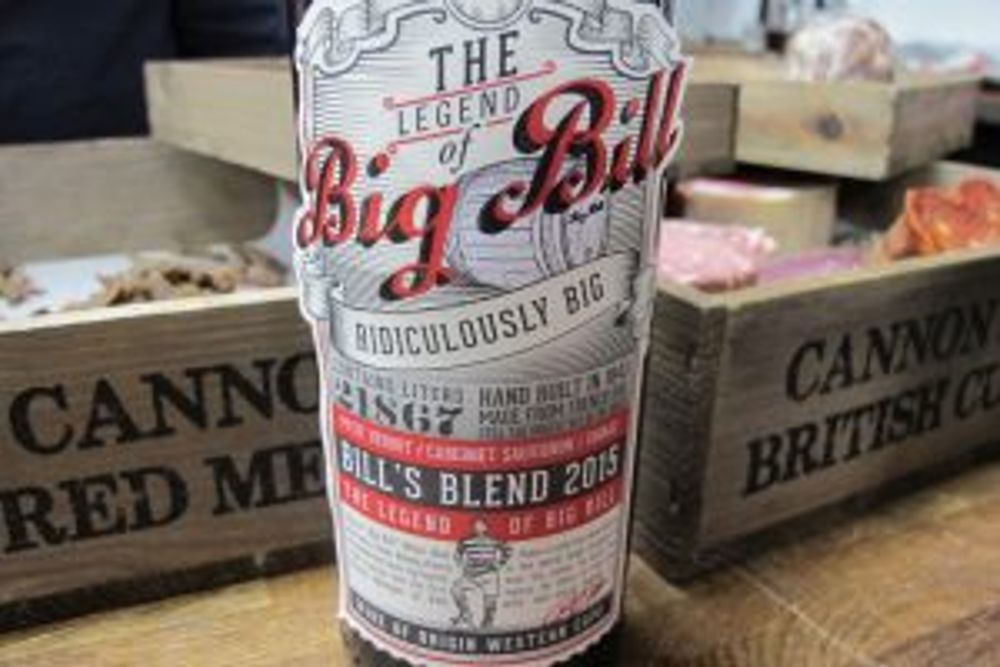
Butchers’ Choice Biltong is made in West London by a South African butcher who was once prop forward for Natal Rugby Club and the wine chosen, Big Bill Red, 2015 (rrp £7.99) was also made by and named after a former rugby union player, Big Bill Miller.
A bit of a legend at KWV, they also named a 22,000 litre barrel after him, in which this Cabernet Sauvignon, Shiraz, Petit Verdot and Malbec blend is vinified.
This was not a match for shrinking violets. The beef had been marinated in a lot of Worcestershire sauce and was introduced by Cannon as ‘party biltong’ because, guess what, once you start eating it you cannot stop until it’s all gone.
The wine matched perfectly and was one of the pairings of the evening.
Meat Match #5
For Beef Bresaola, a classic Italian product given a British twist by the use of Devon Red Ruby beef and matured over five months, Truter served two wines Laborie Shiraz, 2015 (rrp £7.99) which worked well as you would imagine it would and wasn’t too big-boned to swamp the subtlety of the meat. The second was Laborie MCC Sparkling, 2010 (rrp £12.95) which was fine as an unpretentious sparkling but simply didn’t work as a pairing.
Meat Match #6
Venison Salami with Green Peppercorns was a thin grind salami that is made by a Dutch couple from 100% wild Scottish red deer and cut through with green peppercorns. It was so rich, moist and truly scrumptious I wondered it wasn’t called ‘party salami’.
Truter served Roodeberg Red, 2014 (rrp £8.95) an old KWV classic, a Cabernet Sauvignon, Merlot and Shiraz blend, that has spicy notes that worked well with the peppercorns.
Meat Match #7
This was two types of chilli biltong – Limpopo Chilli Biltong (Yorkshire) that was closest to Meat Match #4 and Big Horn Chilli Biltong (Worcestershire) that was the kind of food that brings tears to your eyes the following morning. (TMI! – ed.)
The meats were chosen to show off two aspects of the five-varietal blend Mentors Orchestra, 2011 (rrp £14.95), a wine that has a surface freshness and spice kick underneath – the proverbial iron fist in a velvet glove.
I like hot but for most the cayenne and red chilli kick of biltong number two did swamp the wine.
Meat Match #8
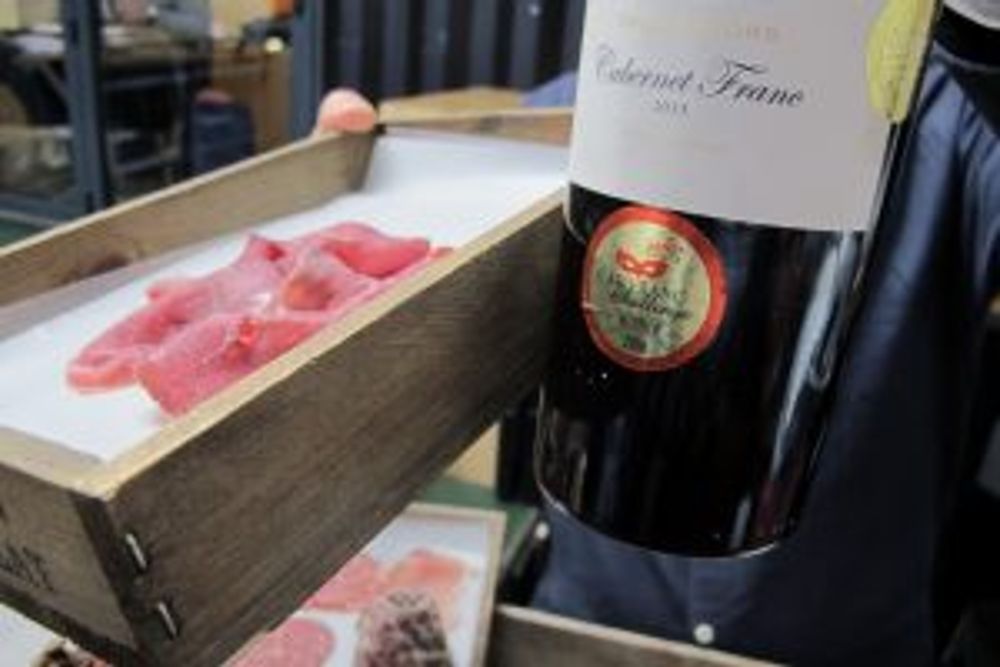
The final meat of the evening was sensational and a truly original style of British cured meat, the only slight issue is that I think I am in a meat haze, if there is such a thing.
Air Dried Dorset Mutton is made from the legs of 30-month old sheep that have grazed on wild flowers. The meat has been aged in port and juniper berries and was well matched with Mentors Cabernet Franc, 2013 (rrp £14.95) a nice, balanced wine that brought out the subtle fragrances and notes in flavour in the meat.
